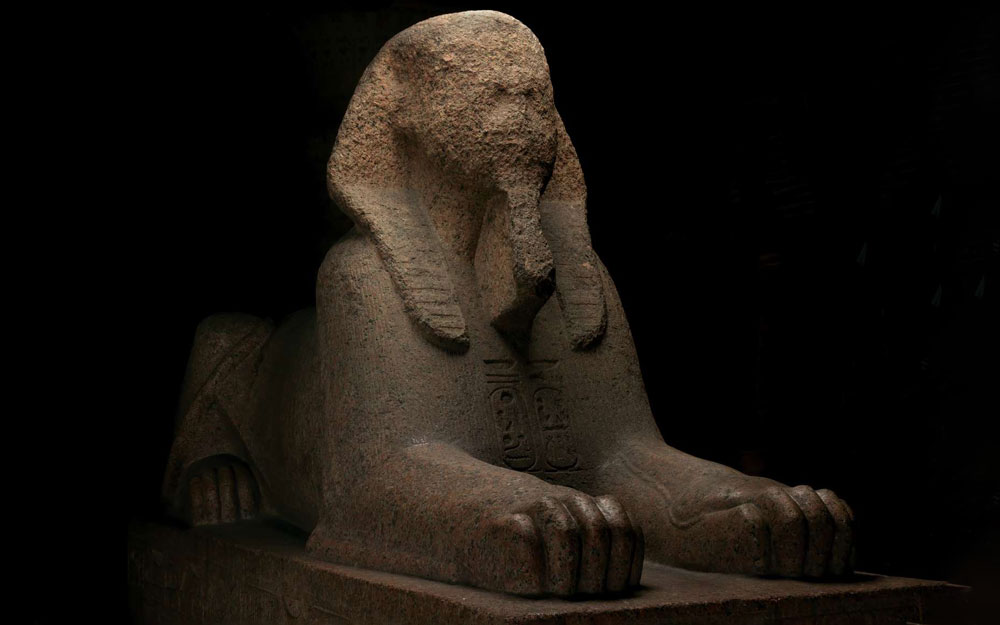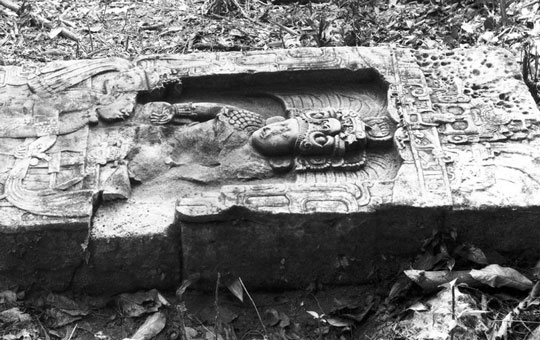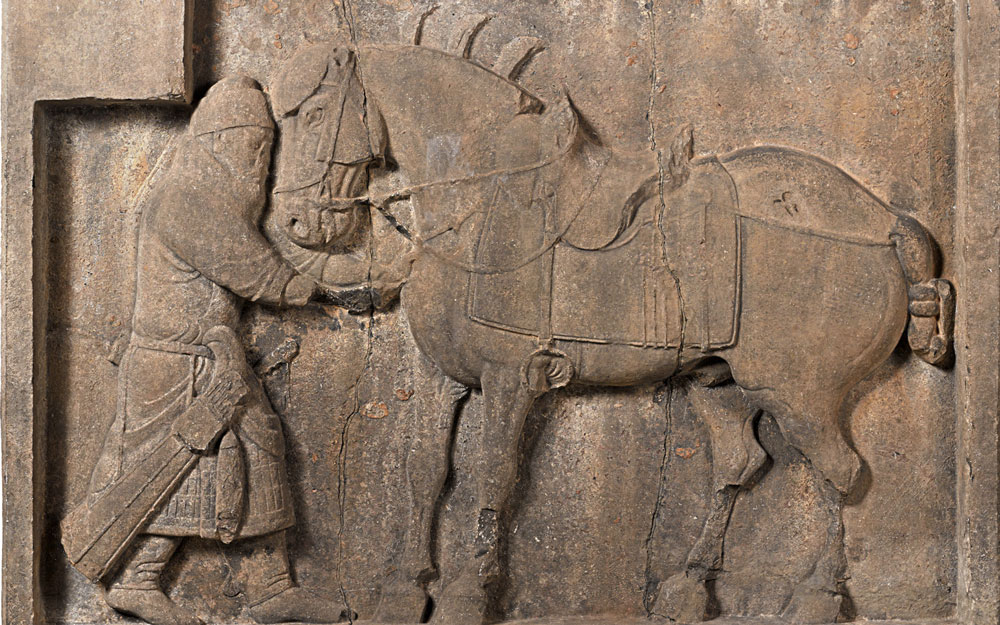Online Collections
Explore Penn Museum collections information, images, archival films, and more.
Notice for Collections Content
These records describe cultural and historical items that may be culturally sensitive. Records may document human remains or contain names, images, or recordings of deceased individuals. Records might include language that is outdated, offensive, or incorrect. These are based on past collecting practices and interpretations and may not reflect current views and values of the Penn Museum. See Statements and Policies for more information and updated practices.
We update records regularly and encourage and welcome members of descendant communities, scholars, and others to contact us with feedback, questions, or concerns.
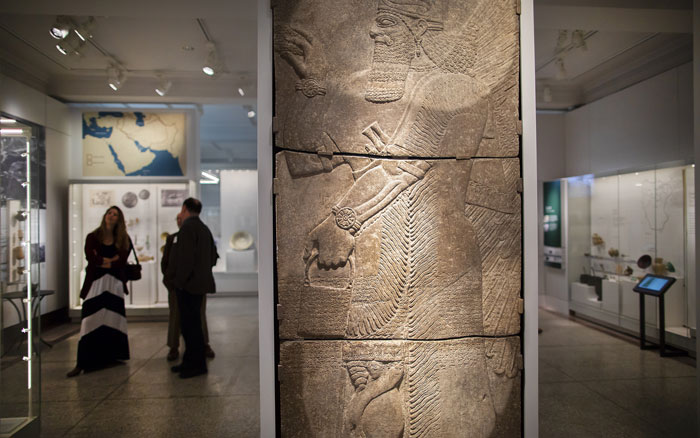
Great Monuments
2020-2021 Lecture Series
Monuments have been constructed throughout history—but why, how, and to what end? Join acclaimed Penn faculty and invited special guests as they examine the definition of a monument, what monuments of the past mean to the world today, whether they hold deeper or changed significance than when they were first created, if their purposes have shifted over time, and many more questions.
Watch Series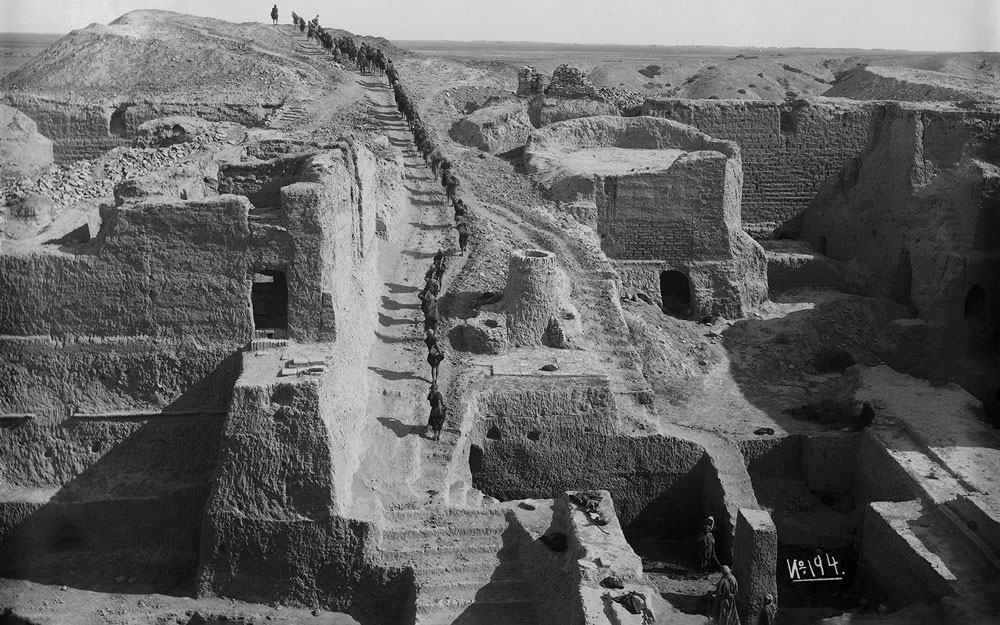
Ur, Iraq
Located in southern Iraq, Ur was one of the most famous archaeological excavations during the early 20th century. The work at Ur brought the magic of archaeology to life, particularly by tying the discoveries into familiar biblical stories. Between 1922 and 1934, the Joint Expedition of the British Museum and the Penn Museum uncovered some of the most well-known and celebrated art from ancient Mesopotamia.
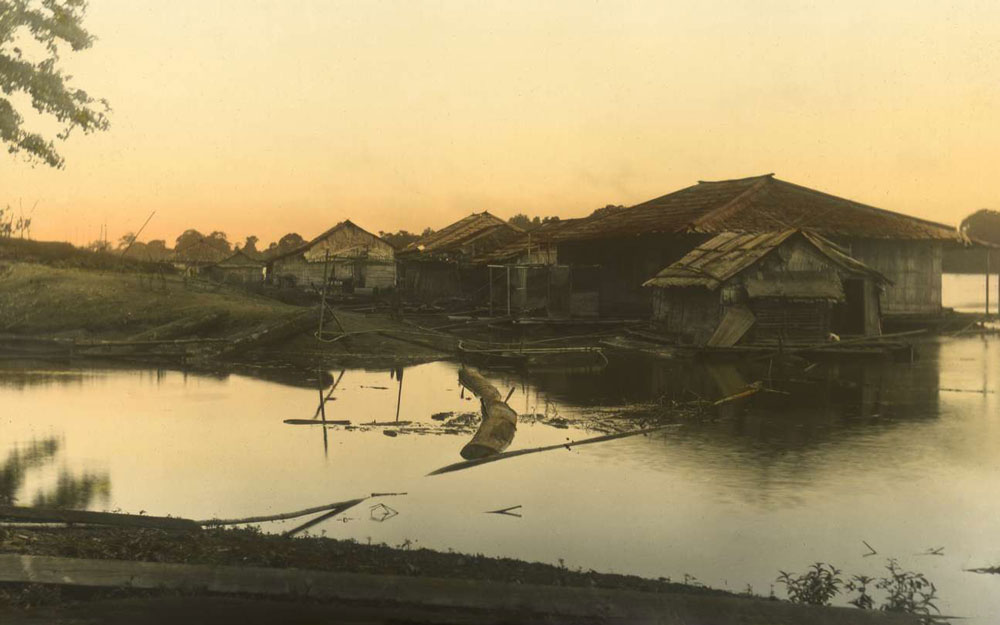
Borneo
The island of Borneo sits off the coast of Southeast Asia and is divided among the countries of Malaysia, Indonesia, and tiny Brunei. Between 1896 and 1898, several collecting expeditions to Borneo were undertaken. They spent six months in Sarawak, traveling upriver to Dayak longhouses, they undertook an expedition to Dutch West Borneo, spending several months on the Kapuas River, and then they visited the Mahakam River in Dutch East Borneo.


